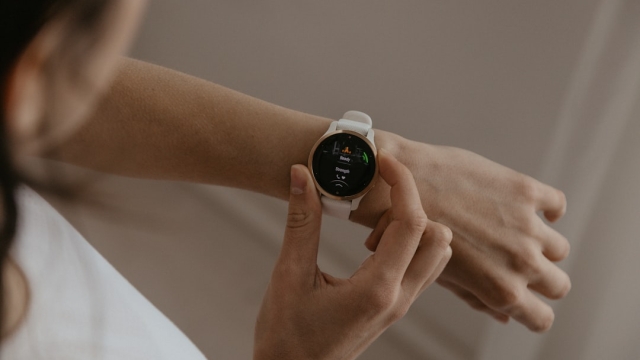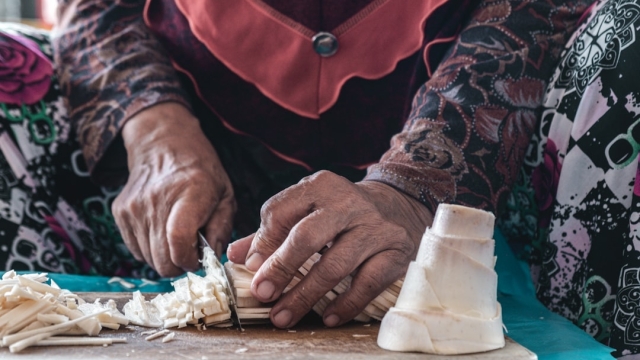Overview of Therapeutic Light Systems
Therapeutic light systems have emerged as innovative tools in the fields of health and wellness, harnessing the power of light to promote healing and improve overall well-being. These systems utilize specific wavelengths of light to interact with biological tissues, stimulating cellular processes that can lead to various therapeutic benefits. With applications spanning human therapy and equine care, the potential of therapeutic light systems is gaining attention among healthcare professionals and animal caretakers alike.
Overview of Therapeutic Light Systems
At their core, therapeutic light systems leverage the principles of phototherapy, where light is used as a treatment modality. This approach is grounded in the understanding of how different wavelengths of light can penetrate the skin and interact with cells. The most common types of therapeutic light include red and near-infrared light, which are known for their ability to stimulate mitochondrial function, enhance blood flow, and promote tissue repair. By encouraging these biological processes, therapeutic light systems can aid in reducing inflammation, alleviating pain, and accelerating healing.
Applications in Human Therapy
In human therapy, therapeutic light systems are utilized in various settings, including physical therapy clinics, dermatology, and even pain management practices. For instance, these systems are often employed to treat conditions such as arthritis, muscle strains, and joint pain. The application of light therapy can help reduce pain levels and improve mobility in patients, making it a valuable tool for rehabilitation.
Additionally, therapeutic light systems are used in skincare treatments to address issues like acne, psoriasis, and signs of aging. The anti-inflammatory properties of specific wavelengths can help reduce redness and promote healthier skin by enhancing cellular turnover and collagen production. Many practitioners report positive outcomes with their patients, showcasing the versatility and effectiveness of these light-based therapies.
Applications in Equine Therapy
The benefits of therapeutic light systems extend beyond human health, finding significant applications in equine therapy as well. Horses, like humans, can experience injuries and chronic conditions that affect their performance and quality of life. By using therapeutic light systems, equine practitioners can target areas of pain or injury, promoting faster healing and recovery.
For example, light therapy can be particularly beneficial for horses recovering from soft tissue injuries or those suffering from conditions like laminitis. The application of specific wavelengths can help reduce inflammation and pain, allowing for a more comfortable recovery process. Many equine therapists have reported success with these systems, enhancing the well-being of their equine patients and improving their overall performance.
Benefits of Using Therapeutic Light Systems
The advantages of therapeutic light systems are manifold. Not only do they provide a non-invasive treatment option, but they also boast a low risk of side effects compared to traditional pharmaceuticals. Users often report quicker recovery times and improved outcomes, making light therapy an appealing alternative or complement to conventional treatments.
Research supports these claims, with numerous studies highlighting the efficacy of light therapy in reducing pain, enhancing tissue repair, and improving circulation. Testimonials from both healthcare providers and patients consistently underscore the positive impact of these systems, further solidifying their place in therapeutic practices.
Safety Considerations and Best Practices
While therapeutic light systems are generally considered safe, it is essential to follow best practices to ensure effective usage. Users should always consult with a qualified healthcare provider or therapist before starting treatment, particularly if they have underlying health conditions or are using other therapies.
Moreover, it is crucial to use therapeutic light systems according to the manufacturer’s guidelines. Proper distance from the skin, duration of exposure, and frequency of treatment are all factors that can influence the effectiveness of therapy. Monitoring the response to treatment and adjusting parameters as needed can help maximize benefits while minimizing any potential risks.
In equine therapy, practitioners should ensure the comfort and safety of the horse during treatment. Familiarizing the animal with the device and monitoring its response can enhance the overall experience and effectiveness of the therapy.
In conclusion, therapeutic light systems represent a promising avenue for both human and equine health, offering a range of benefits backed by scientific principles and anecdotal evidence. As interest in light therapy continues to grow, understanding its applications, benefits, and safe practices will be essential for anyone looking to incorporate this innovative approach into their therapeutic regimen.
For more information on therapeutic light systems specifically designed for equine therapy, you can explore this resource.



